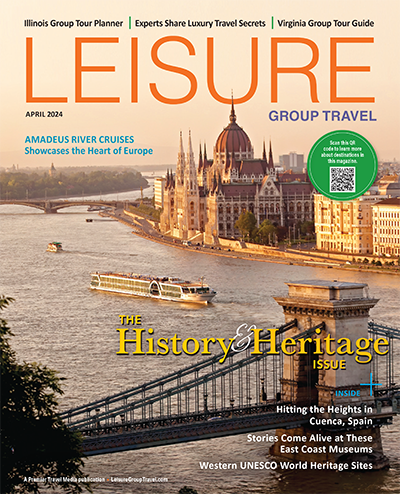Before heading on your next vacation, ensure that your destinations and housing are accessible for the whole family by checking for these key features.
Traveling with a wheelchair or with someone who uses a mobility device can mean running into barriers; however, those barriers should not stop your group from enjoying a well-earned vacation. This list breaks down how to have a wheelchair-friendly vacation with as few surprise issues as possible.
Do Your Reasearch
The first thing you’ll want to do is research each of the places you plan to stay. There are websites like Ablevu that provide guidance on accessible places and some destinations will list available accommodations on their website. Also, accessible rooms are sometimes on a first-come-first-serve basis, if available at all. Reaching out to confirm that the hotel or destination can arrange for your stay will prevent last-minute rebooking or lost deposits.
Check Door Size or Operation
Among the things you’ll want to ask about is the width of doorways: not just in bedrooms, but for all the entry points you can think of, from bathrooms to exhibit halls. Not every destination will meet the ADA standard of a 32-inch-wide doorway. If the business informs you that they have automatic doors, ask what style of door they have, as not all automatic doors can accommodate mobility devices.
Accessible Counters and Workspaces
While a room may have an accessible doorway, the counters, desks, sinks, and other essential room features are sometimes not within reach for people using wheelchairs. Ask if the hotel you plan to stay at will have lowered countertops or wheelchair-friendly showers so that you or your family member can maintain the same agency they do at home during the trip.
Discounts and Passes
Some destinations offer discounts or free passes for people living with disabilities, such as the National Park Service in the US. Certain modes of transportation can also come at discount rates, like railways or local buses. Before booking a room or reserving a ticket, ask about any special offers or discounted rates for wheelchair users.
The key for how to have a wheelchair-friendly vacation is always planning and prepping. Have backup hotels or accommodations and events selected just in case there is an urgent need to change the itinerary. Also, do a checkup on your mobility aide before you travel. Research is essential to making sure that once the vacation starts, you and your family can relax and have fun, no matter where you go.







